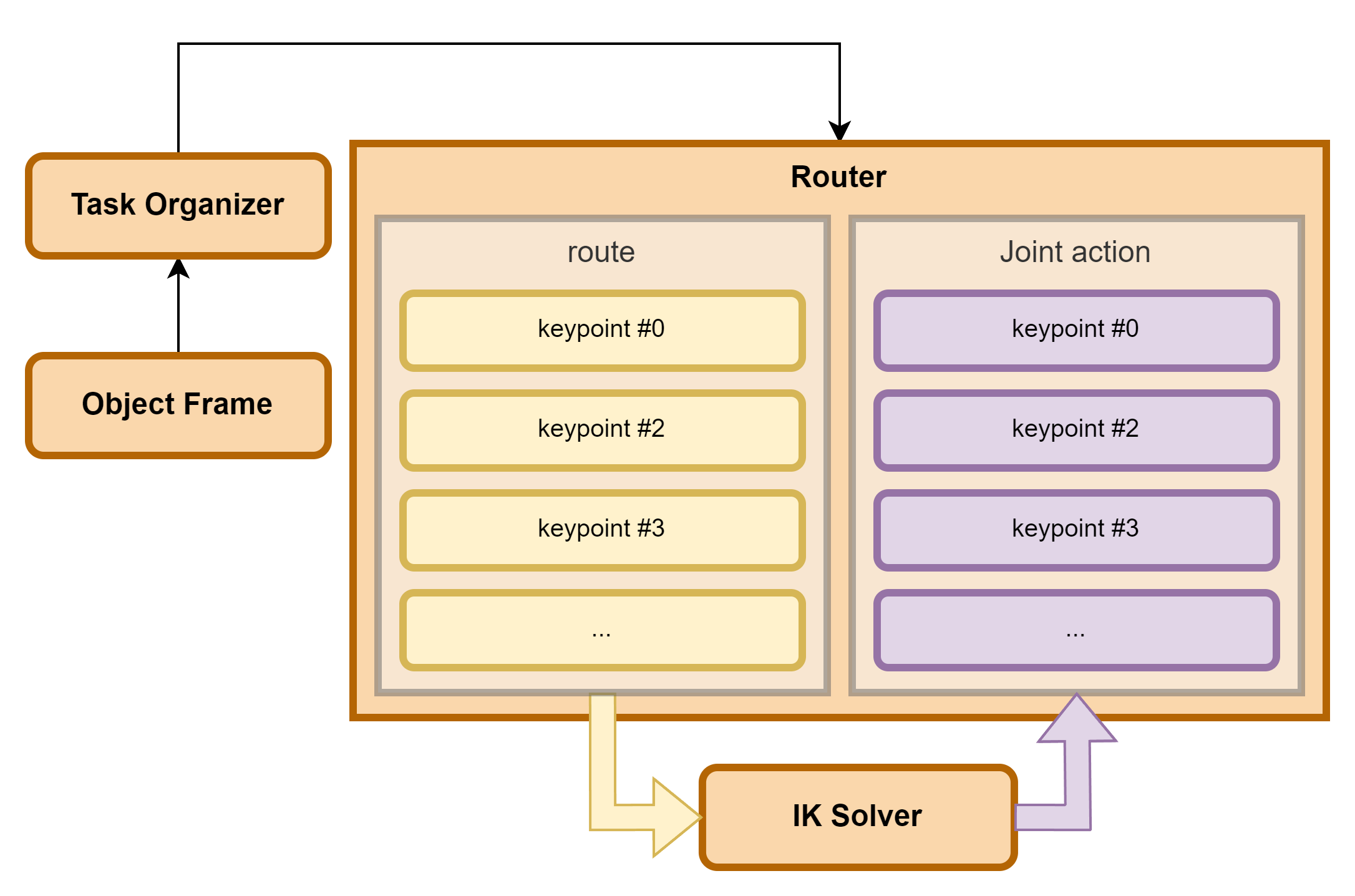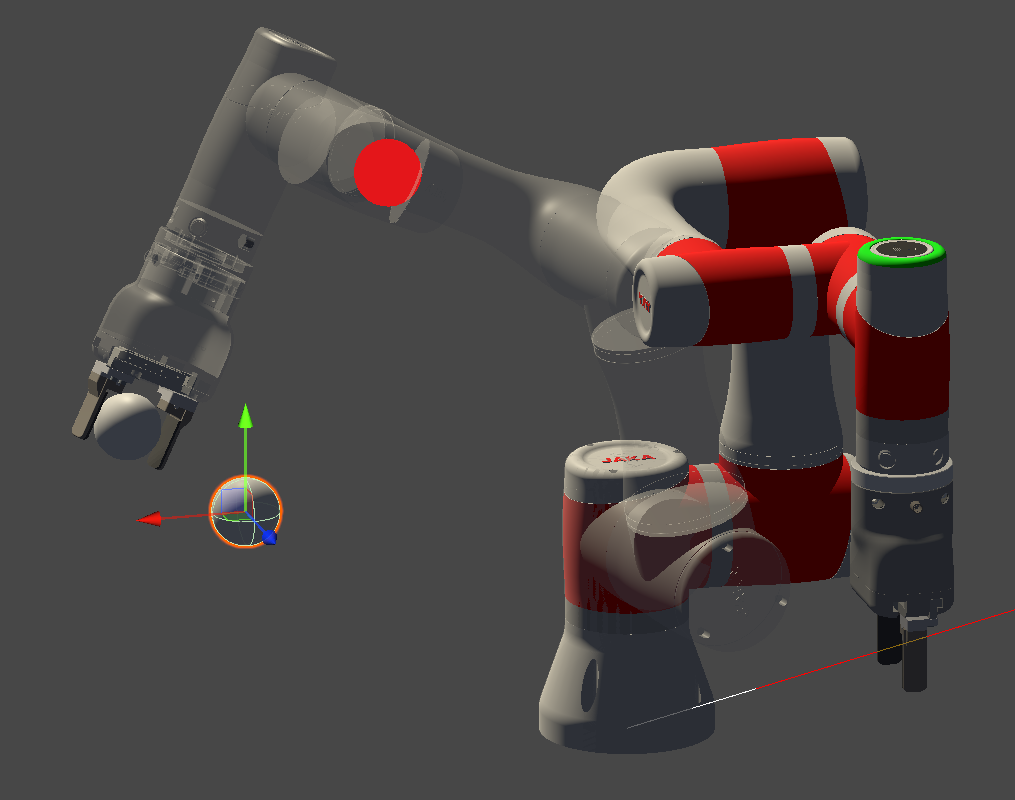Why
因为觉得hexo post的图片排版太烂了,手打html插入图片又很烦,于是乎决定写一个hexo的插件,能够通过一些关键字,识别图片组,然后再把这些图片以照片墙的方式组合在一起。
顺带可以了解一下hexo的渲染管道和javascript。
How
Hexo 渲染顺序
初始化阶段:
- Hexo 读取配置文件和初始化插件。
- 加载主题和其配置文件。
内容处理阶段:
- before_generate:生成前触发,可用于在生成前进行一些准备工作。
- before_post_render:在文章渲染之前触发,可用于在文章内容渲染之前对其进行修改。
- after_post_render:在文章渲染之后触发,可用于在文章内容渲染之后对其进行修改。
- before_exit:Hexo 退出前触发,可用于在退出前进行一些清理工作。
生成阶段:
- 生成静态文件,包括 HTML、CSS、JavaScript 等。
- 将内容写入 public 目录。
部署阶段:
我们需要做的就是在内容处理阶段,重新生成图片墙部分的html代码。
Hexo Filter
过滤器的工作原理
过滤器是通过 hexo.extend.filter.register() 方法来注册的。每个过滤器都绑定在特定的生命周期事件上,当这些事件触发时,Hexo 会依次执行所有注册在该事件上的过滤器。
- before_generate:生成站点之前触发。
- before_post_render:在文章内容渲染之前触发。
- after_post_render:在文章内容渲染之后触发。
- before_exit:Hexo 进程退出之前触发。
- after_render:HTML 内容渲染之后触发。
- after_render:CSS 内容渲染之后触发。
- after_render:JavaScript 内容渲染之后触发。
1
2
3
4
5
| hexo.extend.filter.register('after_post_render', function(data) {
data.content = data.content.replace(/<img src="http:\/\/(.*?)"/g, '<img src="https://$1"');
return data;
});
|
过滤器的返回值
- 对于大多数过滤器函数,需要返回处理后的数据。例如,
after_post_render 过滤器需要返回修改后的文章内容。
- 某些过滤器(如
before_exit)不需要返回值。
实现
首先创建一个存放插件的文件夹,我放在hexo_root/plugins/hexo-photo-wall
文件夹中创建一个js入口文件index.js
文件中注册filter并且实现替换功能
1
2
3
4
5
6
7
8
9
10
11
12
13
14
15
16
17
18
19
20
21
22
23
24
25
26
27
28
29
30
31
32
33
34
35
36
37
38
39
40
41
42
| hexo.extend.filter.register('before_generate', () => {
console.log('This is my custom Hexo plugin!');
});
hexo.extend.filter.register('before_post_render', function(data) {
const startTag = '';
const regex = new RegExp(`${startTag}[\\s\\S]*?${endTag}`, 'g');
data.content = data.content.replace(regex, match => {
const pictures = match
.replace(startTag, '')
.replace(endTag, '')
.trim();
const pictureArray = pictures.split('\n').map(item => item.trim()).filter(item => item);
pictureArray.forEach(picture => {
const srcMatch = picture.match(/!\[.*?\]\((.*?)\s+\"(.*?)\"\)/);
if (srcMatch && srcMatch[1]) {
console.log(`Found image: ${srcMatch[1]}, title: ${srcMatch[2]}`);
}
});
let pictureWallHtml = '<div class="picture-wall">';
pictureArray.forEach(picture => {
const srcMatch = picture.match(/!\[.*?\]\((.*?)\)/);
if (srcMatch && srcMatch[1]) {
pictureWallHtml += `<div class="picture-wall-item"><img src="${srcMatch[1]}" alt=""></div>`;
}
});
pictureWallHtml += '</div>';
console.log(pictureWallHtml);
return pictureWallHtml;
});
return data;
});
|
此处的照片墙的排版和原本应该并没有区别,只是处于同一个class="picture-wall"的div下。后续需要通过修改css或者直接更改html来实现照片墙的效果。

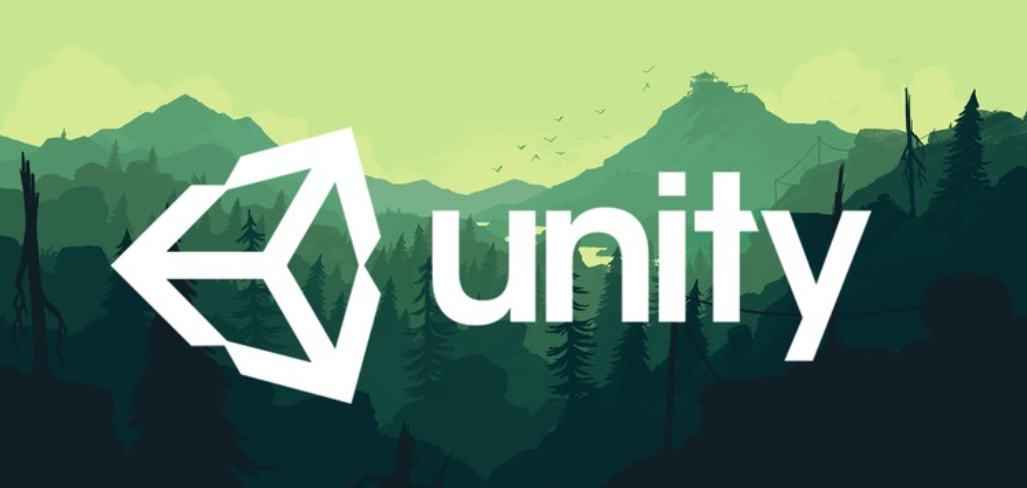
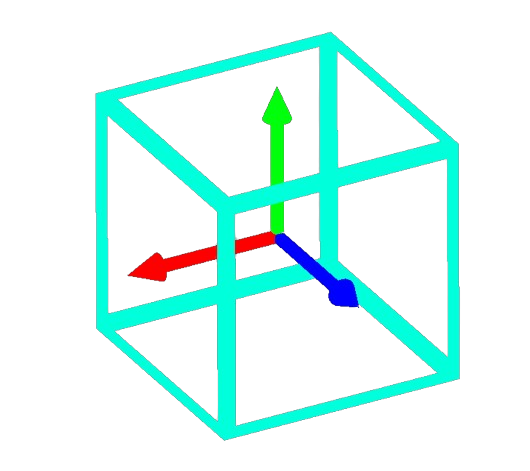
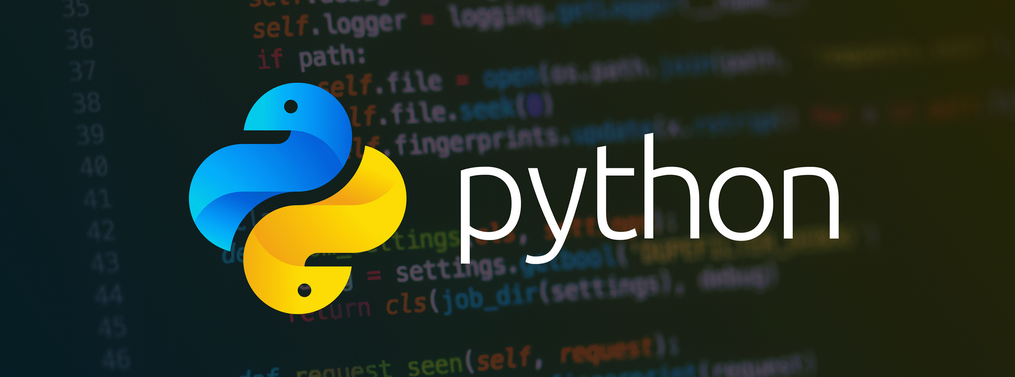

/FxkrbKwOGoAGYyxbrI5c3fDznSf.png)
/WS7tbjlsUoS6rnxVOqYcmbwwnZe.png)
/Uzc6bSqj7o4sLxxHqq9cXwtjnif.png)
/MqcHbhjcJoOx1KxJohfcbMNJnyg.png)
/AP80bWKhIogLuOx2yZ5cFW5WnPc.png)
/K65ibGkOAoubFGxze8Cc0w15nlg.png)
